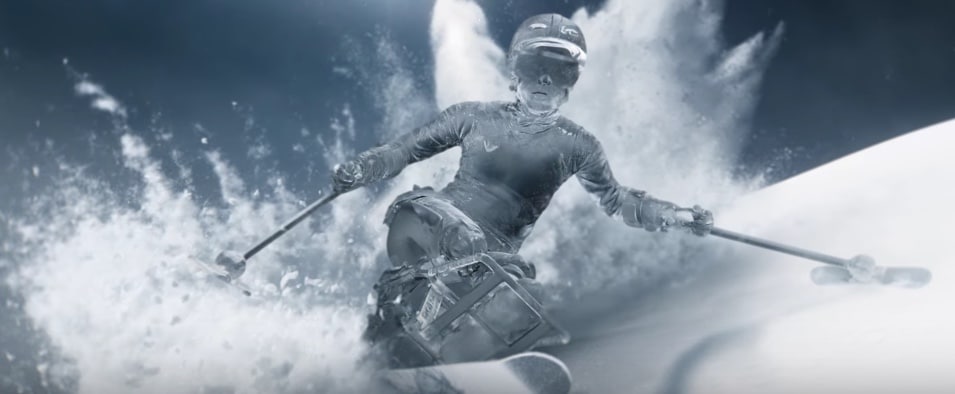As the Winter Olympics come down to the final stretch in Pyeongchang, South Korea, marketers are breathing a sigh of relief. In spite of a cyberattack that almost wrecked the opening ceremonies, the games have gone on and advertisers seem to be getting their money’s worth.
The opening ceremonies on Feb. 8 drew nearly 28 million viewers, as large an audience as any network show is able to command in the era of streaming video. NBC also capitalized on multiple digital platforms by spreading events across all the properties of NBC Universal on the air and online, and offering advertisers packages that combined broadcast and streaming video platforms. The network boasted that even though the ratings are roughly 6% lower than the last winter olympics in Sochi, it is bringing in 22 million TV viewers per average minute and another 2 million streaming online.
The chairman of NBC broadcasting and sports, Mark Lazarus told reporters the games have done well enough that the network has met its commitments to advertisers: “The Olympics continue to defy media gravity,” he said. “(That) speaks to the power of this programming, power of this content, power of what bringing the world together on the field of sport.”
The NBC network may be looking at diminished ratings, but the two-week slate of events is still one of the best opportunities for reaching mass audiences left on TV, and a few trends have emerged among the advertising in the Olympics broadcasts.
Less spending, more concentrated: Even before the games, some advertisers had been rethinking the large-scale spend involved in Olympic sponsorships. McDonald’s Corp., an Olympic sponsor for nearly three decades walked away from its sponsorship, which was meant to last until the 2020 games. Other brands, such as AB Inbev’s Budweiser, had decided not to renew after the Rio Olympics in 2016 posted disappointing viewership numbers.
Other major advertisers, including Procter & Gamble, General Motors and AT&T chose to cut back on Olympic advertising and focus on other marketing efforts. P&G, an olympic sponsor, has been undergoing a rethinking of its entire marketing spending since last year, but it still had a significant presence in the games, continuing the award-winning “Thanks, Mom” campaign by agency Weiden+Kennedy that it launched in the 2010 Vancouver games.
Short attention spans: Experts have been warning that humans now have shorter attention spans than goldfish, so TV advertising has a shorter window than ever to break through.
YouTube introduced a six-second ad format last year and it has gained adoption in spite of the skepticism of some insider. Fox TV brought the format into live events, such as awards shows and other networks have followed suit; now Toyota has used the format as part of its inaugural Olympics sponsorship.
Toyota’s “Start Your Impossible” campaign about mobility, which features Olympic and paralympic athletes, broke on the recent Super Bowl. For the Olympics, Toyota also broke out a slate six-second ads cut from its longer executions by Saatchi & Saatchi, as part of an exclusive deal with NBC.
Emotional stories: The Olympic games are a natural ground for emotional storytelling, but with the increased need to engage viewers with short attention spans, brands have turned to making short narratives out of their Olympic ads.
Another first-time Olympic sponsor, the Chinese web company Alibaba, is betting its new sponsorship deal to help make it a household name outside its home market. Alibaba Group, which is considered the Amazon of China, is making a play for recognition in the West with a campaign targeting small businesses, “To the greatness of small,” by agency BBDO China. The campaign features stories of underdogs such as a Kenyan ice hockey team.
What’s your favorite Olympic commercial? Share your thoughts with us on Twitter @VelocitizePub.
